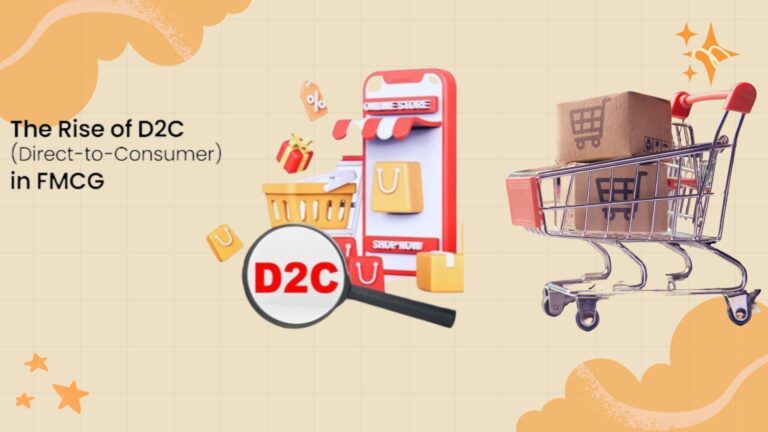For generations, the path to the Indian consumer was a long and winding road through distributors, wholesalers, and retailers. Today, that road has been replaced by a digital superhighway, and a new generation of brands is taking the express lane. The Direct-to-Consumer (D2C) revolution is here, and it’s fundamentally changing the rules of retail.
D2C is more than just an e-commerce trend; it’s a complete business model transformation. Brands are no longer just selling products; they are building relationships, fostering communities, and owning their entire customer experience. For any business in the consumer space, understanding this shift is no longer optional—it’s critical for survival.
4 Key Forces Driving the D2C Wave in India
The D2C boom is being fueled by a powerful convergence of technology and a radical shift in consumer behavior.
1. The Digitally Native Indian Consumer
Today’s consumer, particularly in Tier-1 and Tier-2 cities, lives online. Their journey starts on Instagram, is validated by reviews on YouTube, and ends with a seamless UPI payment. This digital-first mindset has created a massive audience that is not only comfortable buying online but actively prefers the direct connection and wider choice that D2C brands offer.
2. The Power of Authentic Brand Storytelling
By going direct, brands get to tell their own story, unfiltered. They can communicate their values—be it sustainability, clean ingredients, or local craftsmanship—and build a genuine connection with their audience. For the modern consumer who values authenticity over a legacy name, this direct relationship is a powerful driver of loyalty.
3. Data: The D2C Superpower
In the traditional model, brands had very little direct data about their end customers. In the D2C world, data is the ultimate asset. Brands can track every click, purchase, and interaction, giving them invaluable insights into customer preferences. This allows them to personalize products, iterate on their marketing, and build a much smarter, more responsive business.
4. The Democratization of Logistics
The rise of sophisticated, tech-enabled third-party logistics (3PL) and fulfillment partners has been a game-changer. Startups no longer need to build their own massive warehousing and delivery networks. They can plug into existing infrastructure, allowing them to offer a world-class delivery experience from day one.
Strategic Questions for a D2C World
The D2C landscape is incredibly competitive. To succeed, brands need data-driven answers to the most critical questions:
- Who is our niche customer, and what do they truly value?
- What is the most effective digital channel to acquire and retain them?
- How can we build a loyal community that goes beyond just discounts?
- How does our brand perception and pricing stack up against the competition?
At McKinley Research, we provide the deep consumer insights and competitive intelligence you need to thrive in the D2C era. We help you understand the modern Indian consumer, identify your niche in a crowded market, and build a data-driven strategy for sustainable growth.


